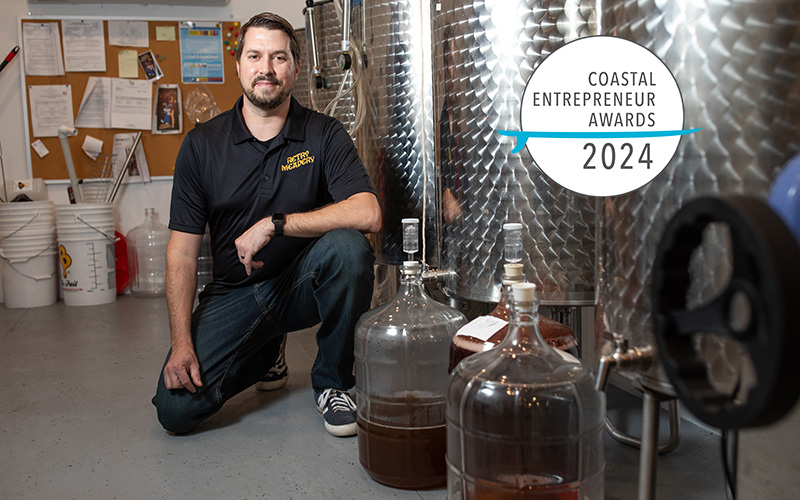The merger team for the proposed Cape Fear Crossing has agreed to eliminate half of the alternatives under study for the project, including two that would have brought infrastructure into Wilmington’s historic district, according to Mike Kozlosky, executive director of the WMPO.
The merger team, which consists of members from the Wilmington Urban Area Metropolitan Planning Organization (WMPO) and other local, state and federal agencies, will carry the rest of the alternatives forward for detailed study, Kozlosky said.
The N.C. Department of Transportation has been studying a total of 12 options for the project, which is seeking to improve, upgrade or create new roadways, improve traffic flow between New Hanover and Brunswick counties and enhance freight movements to and from the Port of Wilmington.
The project had been dubbed the Cape Fear Crossing because it was “more than just a bridge,” NCDOT project engineer Jay McInnis previously said.
Several of the alternatives being studied would require new infrastructure across Brunswick and New Hanover counties. And those alternatives that still remain on the merger team's list include three different potential bridge locations over the Cape Fear River, connecting the counties.
Among the eliminated were F and P, alternatives that would have included upgrading U.S. 17 from where Interstate 140 ends on U.S. 17, to U.S. 421 in the city of Wilmington. The infrastructure needed for the routes would have had impacts on property, homes and businesses in the historic district. Based on the impacts, “those alternatives were eliminated from further study,” Kozlosky said.
“I think F and P were the ones that created the greatest concern in the city of Wilmington,” Kozlosky said. Other routes that were eliminated would have had impacts on the town of Leland.
“All of the alternatives that were removed from consideration were supported by our MPO board and the ones that are being carried forward were ones that our board wanted to be carried forward. So I think for the time being we have been very fortunate,” Kozlosky said.
The WMPO’s preferred alternatives, however, are M Avoidance and N Avoidance, two alternatives that take routes on a more southernly alignment than the other alternatives, he said. Both alternatives require new infrastructure, including a new bridge.
The two alternative routes take a bridge south, near the Port of Wilmington. According to the NCDOT, the alternatives begin where I-140 and ends on U.S. 17, avoiding the Snee Farm or Stoney Creek subdivisions, travel south of Brunswick Forest and cross the Cape Fear River, connecting to either Independence or Shipyard boulevards.
“Those two alternatives are both on the table for consideration and are being carried forward for further study,” he said of the WMPO's preferred routes.
Design refinements for alternatives south of the Port of Wilmington are currently being prepared to respond to a request from the N.C. State Ports Authority and the WMPO to provide a 215-foot vertical clearance over the Cape Fear River navigational channel.
This move, an increase from its previous bridge design that included a height of 187 feet, is to accommodate present and future shipping requirements.
Although there have been several routes eliminated, Kozlosky said, “there is still a significant amount of work to be done.”
The efforts are moving toward the a final decision on one of the alternatives, which is scheduled to be made in the summer of 2019.
“The goal is to determine what is identified as the least environmentally damaging and practical alternative to determine the one route that is selected as the corridor to move forward with the project. And by eliminating these alternatives it moves us forward to the ultimate goal of determining one preferred alignment,” Kozlosky said.
Funding for construction and right-of-way acquisition is also needed for the project. Efforts to pursue funding through the state for the Cape Fear Crossing project will take place over the course of the next year, he said.
“We’ve got to continue to move this project forward in order to determine what is the preferred alternative and also try to identify funding to secure the project,” Kozlosky said.



